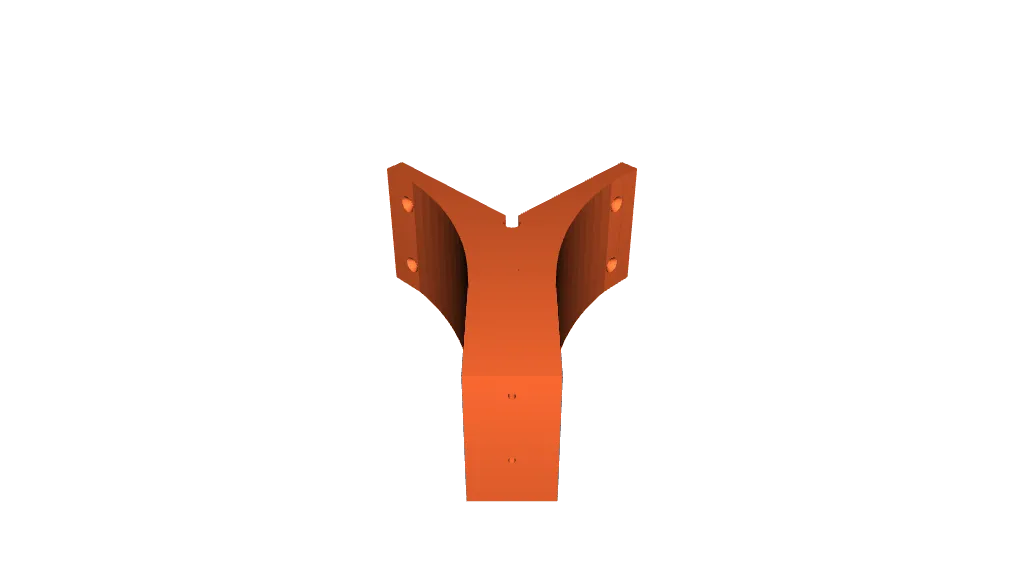After initially thinking I wanted a fibre optic network link, I’d mostly settled on using a copper Cat 5E Ethernet link between the House and the Outbuildings, to connect their separate computer networks together. The reasons for favouring a copper Ethernet link were:
- I happen to have about 150m of Ubiquiti outdoor grade Cat 5E Ethernet cable going spare, from when I bought a 305m reel to install outdoor cabling for the CCTV cameras that monitored the site and the construction of the House 10 years ago – so this enables the buildings to be linked ‘for free’
- This network link will directly-connect the network Routers1 in each building, which (currently) only offer 1Gbit/s copper Ethernet ports and so would need Media Converters to connect over a fibre link
- When these Routers need to be replaced, I would expect to purchase devices which have SFP+ ports which would take an SPF+ module to enable a fibre cable to be connected directly to each Router and synchronise at 10Gbit/s
- Media Converters aren’t especially expensive – roughly £25 each – but need mounting somewhere and need their own power supply
- The physical cable route between the two Routers takes ‘the long way round’ but is less than 100m, so the Cat 5E cable should enable a 1000BASE-T connection, at 1Gbit/s
- 1Gbit/s will be plenty of bandwidth, given the planned use of the Outbuildings
However, I have just installed 85m of outdoor grade 8-core bulk fibre cable, because:
- I had to install another cable along the same route, to extend a Current Transformer clamp connection to enable the Tesla PowerWall 32 to monitor the existing AC-connected solar PV inverter’s generation output
- About 1/3 of the cable run is through the now-fully-insulated loft space above the Workshop, so it’s quite a difficult job to balance on the roof trusses (while unable to stand upright) and attach the cable to the cable baskets using the existing releasable cable ties – and it’s no harder to do that for 2 cables than for 1
- Unterminated bulk fibre cable is surprisingly cheap – less than 50p per metre – so it’s not a major problem if the fibre doesn’t get used for a while – or ever
I’m still planning to use the copper Cat 5E initially, so I won’t pay to have the fibre spliced to pre-terminated ‘pigtails’ until I see how that performs (or doesn’t). If the Cat 5E works OK I’ll wait until I upgrade the Routers to light up the fibre link.
I selected Single Mode (OS2) fibre, with an outdoor-grade PE sheath (since about 25m of the run is in an underground duct between the buildings) and 8-core because it was only fractionally more expensive than 4-core.
Initially I found the many variants of fibre types and connectors quite confusing but this forum post by an amateur astronomer, in relation to network-connecting an observatory. proved very helpful in cutting through the jargon and homing in on the right solution – although they advocate using pre-terminated fibre which can be difficult to install when there’s not much space available in an existing duct.
- I’m using the term “Router” in the strict sense of its computer networking definition: a device that provides OSI Layer 3 connectivity, routing TCP/IP packets between Layer 2 network segments ↩︎
- Strictly speaking it’s the Tesla Backup Gateway 2 which does the monitoring – and then passes the measurement to the PowerWall 3 ↩︎

